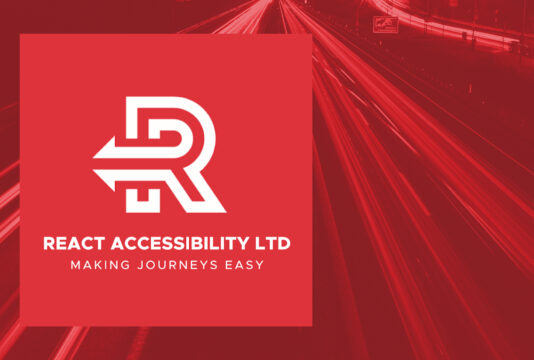
Meet the Papercast CMS Layout Catalogue: A must have resource for sharing visually impactful passenger information
We’re excited to tell you about the Papercast Content Management System (CMS) Layout Catalogue, an…

Quite frankly, you probably wouldn’t be here if you weren’t au fait with the merits of real-time passenger information, but just in case…
Many service operators have invested heavily in recent decades to improve both the passenger experience and the perception of public transport, always with the end-game insight – to increase the number of users and journeys taken by bus.
It is widely accepted that passenger information plays a pivotal role in this. It provides significant benefits to public transport users – empowering them to plan their trips – while enabling the transit agency to maintain or improve performance.
Publicly available data on the correlation between passenger information systems and the quality of bus services is limited, but here are some stats to help paint the picture:
One inexpensive way to combat the perception of unreliability from the user perspective is real-time transit information.
According to this report:
Other likely benefits of the RTPI systems are: increased willingness to pay; more efficient travelling through better use of waiting time; positive psychological effects (reduced uncertainty, increased feeling of personal security, creation of a general sense of trust in the PT system, increased easiness of use); better overall image of the system; and greater passenger satisfaction.
How do operators embrace a more dynamic, speedy and effective way to keep passengers informed on accurate bus arrival times, get targeted messages to customers on time, improve the customer experience and increase ridership? The answer: real-time passenger information.
Operators that get this right are well on their way to resolving some of the most frustrating issues that bus users face.
Despite recent and current global events, the market is growing. While the actual figures vary from report to report, the sentiment is consistent.
The public transportation industry needs to increase overall operational efficiency and passenger retention. This can be attained by increasing the level of customer or passenger experience. In order to increase passenger satisfaction, transport service providers are upgrading their information systems by offering new features, such as real-time travel information.
In a report that quotes Papercast projects in relation to the increase use of e-paper in transportation settings, quotes “In the future, the growth of smart cities is projected to present a substantial potential for market participants. E-paper displays can complement smart city and green mobility concepts, which have enormous market growth potential.”
In summary, the market has invested heavily in recent decades and this looks set to remain for the next. With an increasing focus on smart city and green mobility concepts, e-paper will likely continue to feature highly in future digital bus stop display roll-outs.
Should e-paper displays be part of your passenger information strategy? Speak to the Papercast team to find out.

We’re excited to tell you about the Papercast Content Management System (CMS) Layout Catalogue, an…

The REACT Trigger System is now available on Papercast displays We’re excited to share that…